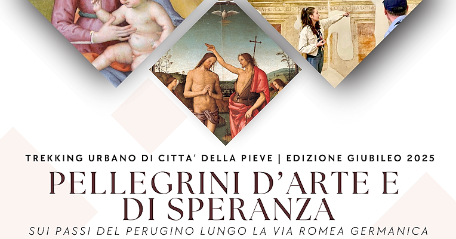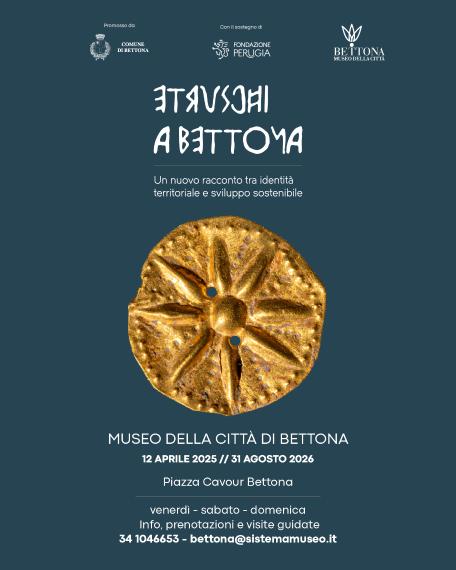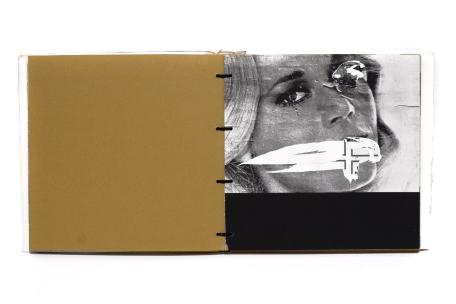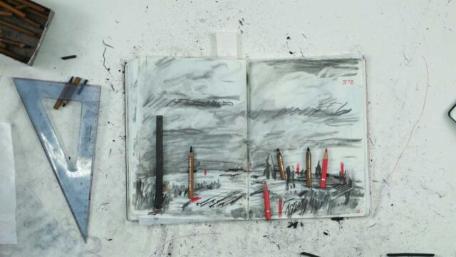The Porta Santa Susanna district is located in the heart of Perugia: start your visit to discover the district from via dei Priori, the street descending from the arch next to the Priori Palace towards San Francesco al Prato and extending along the historical center's west side.
The Porta Santa Susanna district is located in the heart of Perugia: start your visit to discover the district from via dei Priori, the street descending from the arch next to the Priori Palace towards San Francesco al Prato and extending along the historical center's west side.
You will discover one of the oldest areas of Umbria through a delightful itinerary along this district's alleys: start from the Priori Arch, a frequent meeting places for Perugia residents. The arch and the palace take their name from the ten magistrates (priori) who ruled the town in the Middle Ages. Via dei Priori was the beginning of the important road leading to Trasimeno Lake and then to Tuscany.
Many typical alleys branch off the main street: the first one on the left is via del Dado, a dead-end street with a small square piazza (from which the name Dado, dice, probably derives). Right after, take via dell'Orso, whose name probably comes from the medieval habit of richest families to keep exotic animals like lions, bears and parrots. After this alley, take via Sant'Agata, named after the church of St. Severo and Agata. The church, in 1663, was a chapel devoted to the Sicilian martyr Agataha. In 1320 it was given to the pope in exchange for the church of St. Severo that was removed to widen the Priori palace. The chapel was then rebuilt and dedicated to both saints. The church façade bears a plaque devoted to Brother Piastrelli, an important member of the progressive Catholic world, that promoted the modernist movement in Italy, also representing a reference point for Aldo Capitini.
Continue descending some steps and turn right to go up via Vemiglioli named after the palace of the same name located in the small square at the top of the stairs. This is the palace of Giovanni Battista Vemiglioli, who founded Perugia's archeology chair and Archeological Museum and was considered among the best-educated men of his era. From here, pass through via Cumana and reach via Deliziosa: at number 17 there is a plaque recalling the house's illustrious inhabitant Pietro Vannucci, the master painter Perugino. Going down a bit, you can see on the right via dei Gatti, so called because a gate closed it until 1950s; therefore, it was used exclusively by cats.
Coming back towards via dei Priori, stop by looking at the plaque devoted to Alinda Bonacci Brunamonti, the poet who, according to Capitini, embodied at best the literary romanticism. Then follow via del Morone for then reaching the Oddi palace, today called Marini Clarelli, located in an open space. The building's interior frescos narrate the epic of Oddi family, a noble family of Perugia who build the palace in the 16th century. A small alley leads you to via Vincioli: continue along via della Pernice and via Guardabassi, a street devoted to the famous patriot of Perugia. Go straight on and reach piazzetta San Paolo, location of Perugia's classical secondary school. Here you can find a plaque in memory of Giovanni Bini Cima, republican intellectual who taught here in the 19th century. Go up the square and walk through via dell'Arco until reaching via del Poggio where you can enjoy a beautiful view over Piazza San Francesco. Head towards Piazza San Francesco, one of the most beautiful and inspiring places in Perugia.
Look at all the beautiful religious buildings around you, leaving from Church of St. Maria della Luce, or Madonna di St. Luca. The church dates to 1519, following a work by Tiberio of Assisi representing a prodigy of the image of Madonna and Saints, located nearby and then moved to the altar's niche. At the base of the two pillars, two griffins, symbol of Perugia, recall the Municipality's intervention to rebuild the Church.
Then move towards the church of St. Luca Evangelista, renovated in 1586 by Bino Sozi at the request of Malta Order's Knights. Nearby you can see the Commenda's House, of the Order of the Knights of Malta: today it's a residence, but it once held a wool factory. Along the street to the lawn, you will find the oratory of St. Bernardino of Siena, a true masterpiece. Agostino di Duccio carved its Renaissance façade with statues and bas-reliefs in a majestic mixture of marbles and stones, covered with azurite, malachite and gold (just some traces are left). Inside there is a sarcophagus containing relics of Blessed Egidio, St. Francis' companion. From the altar, you can access the oratory of St. Andrea and Bernardino, with the carved and golden ceiling, as well as stuccos and paintings.
The main and largest church is the church of St. Francesco al Prato, built in the 13th century replacing the chapel of Santa Susanna after which the entire district was named. The church collapsed and has been restored several times, especially because of the hill's structural failures that produced the loss of the medieval and baroque bell tower. The present façade is recent: it dates back to 1929 and was rebuilt according to the drawing of Gonfalone di San Bernardo. Within it, there were tombs of Perugia's rich families decorated with famous paintings such as: the Baglioni Deposition, the Crowning of the Virgin by Raphael and the Perugino's Resurrection, then moved to Rome. Today the church is used as Auditorium, whereas the former convent hosts the Pietro Vannucci Fine Arts Academy.
Take the opportunity of the beautiful lawn to rest after the walk and enjoy one this beautiful corner of Umbria.



























